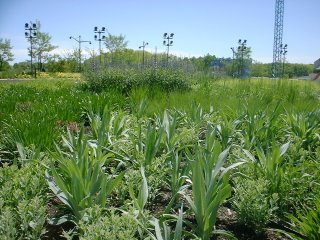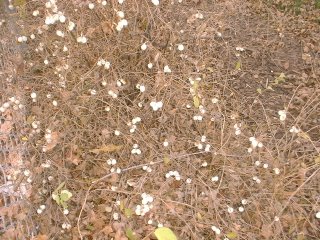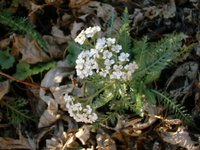I found a great research project website at the University of Michigan. It is about enhancing biological predator controls in gardens and on farms using native plants. It started in 2002 and has results for 2005. There are graphs showing numbers of insects found on the plants at peak flowering time. The plants are named including some exotics and there is a grass control area.
Beneficial insect pages give information. Plant pages give pictures and graphs.This is of course of interest mainly to midwestern growers, but I think give a good idea of how natives to an area can be of benefit.
Spend some time going through the pages it is very interesting.
Excerpt...
we wanted to determine if a succession of flowering species could be found that provide pollen and nectar resources over much of the growing season. We selected 43 native Michigan plants based on their reported bloom period and ability to survive in agricultural habitats. All of the species selected historically grew in prairie or savanna habitats (scattered trees with an understory of prairie species). These habitats have been largely replaced by agriculture in Michigan and share similar soil, climatic, and structural conditions as field and orchard/vineyard crops.
What do "small," "medium" and "large" numbers mean? They refer to how many insects were collected per meter square in a 30 second sample. Small means less than 2 insects; medium indicates 2 to 10 insects, and large suggests greater than 10 insects.
About project...
http://www.ipm.msu.edu/plants/about.htm
Plant list...
http://www.ipm.msu.edu/plants/menu.htm








